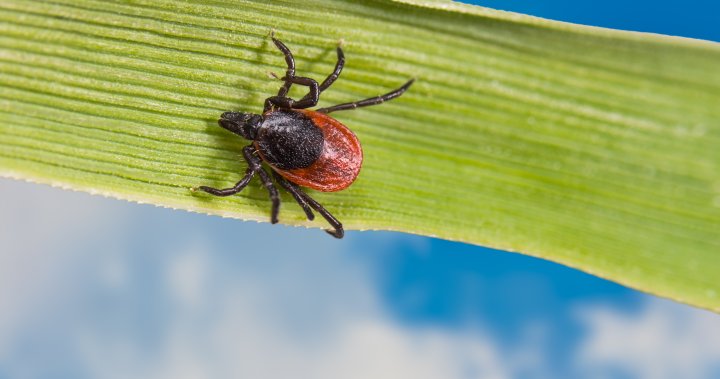
Infectious disease risks spread north as temperatures warm
Global News
Cases of Lyme disease have now increased more than 1,000 per cent in a decade as the warming climate pushes the boundaries of a range of pathogens and risk factors northward.
It was 15 years ago that Ontario student Justin Wood started feeling sick.
A keen soccer player, snowboarder and mountain biker, Wood said he didn’t know the cause but he had to “back off from playing sports and back off from academics.”
It got worse. “I got really, really sick, and I couldn’t really do anything, I couldn’t work, I couldn’t really function or sort of be part of society. And it took me probably about four or five years to get any sort of diagnosis.”
When it came, the diagnosis was a rare one: Lyme disease. At the time, the tick-borne illness was only responsible for a few hundred infections a year in Canada, according to government statistics.
But cases of Lyme disease have now increased more than 1,000 per cent in a decade as the warming climate pushes the boundaries of a range of pathogens and risk factors northward.
Populations of exotic mosquito species that could potentially carry illnesses such as dengue and yellow fever have become established in parts of Ontario, researchers say. Scientists also worry that climate change will increase the risks of microbial disease associated with food contamination and warm weather.
Wood’s experience had at least one positive. It set him on a career path, and he now runs a private lab in Ontario called Geneticks dedicated to testing ticks for diseases.
He said his work allows him to meet many people left “heavily, heavily disabled” from Lyme disease. “It’s very, very severe and the symptoms can be very, very diverse but very, very debilitating.”











